| Best of New Zealand | |
| Rotorua's Hidden Lakes from the Air | |
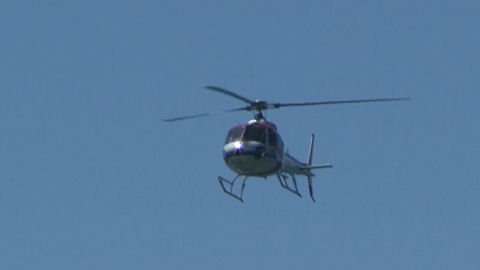 |
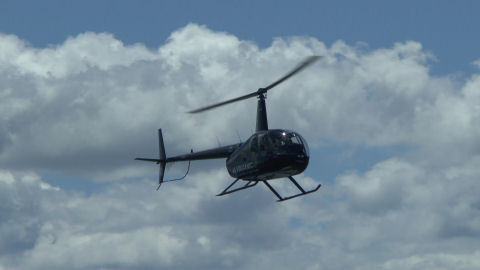 |
| Both helicopters and float planes operate from what aviation charts refer to as Rotorua City - better known as Rotorua waterfront - PHOTOs Malcolm McCrow | |
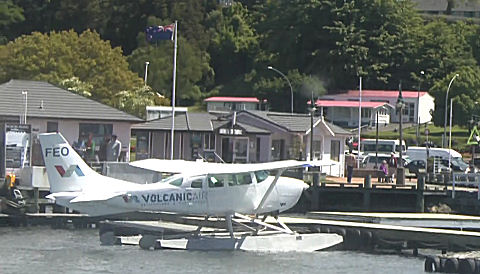 |
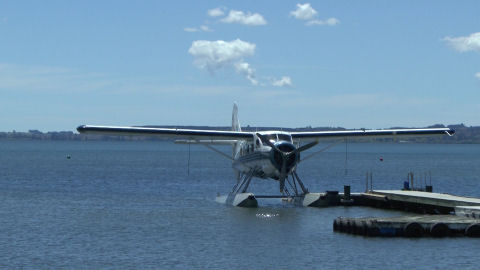 |
| Volcanicair's Cessna 206 floatplane (left) and its vintage de Havilland (Canada) Sea Otter (right) acquired from the Canadian Armed Forces (CAF/FAC) - PHOTOs Malcolm McCrow | |
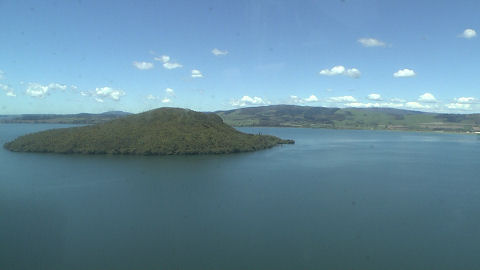 |
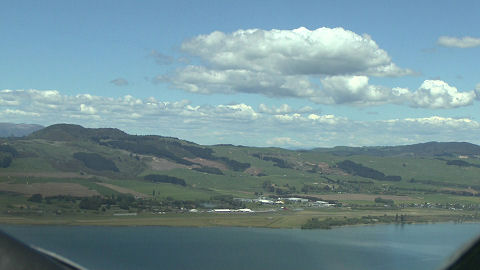 |
| Taking a flight in the Sea Otter, initial climb out was towards the volcanic plug of Mokoia Island in the centre of Lake Rotorua before altering course to overfly Rotorua Airport - PHOTOs Malcolm McCrow | |
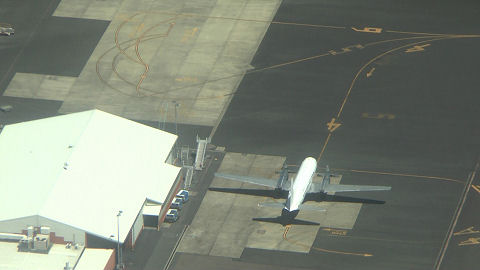 |
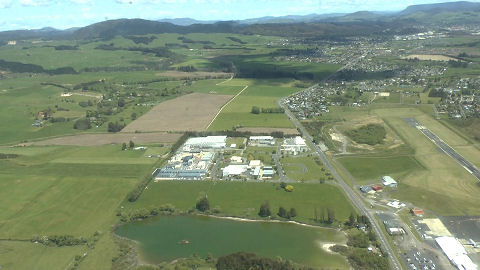 |
| Overhead Rotorua Airport with an HS 748 on the apron (above); some of the small lakes blend in with the land and are not always apparent (right) - PHOTOs Malcolm McCrow | |
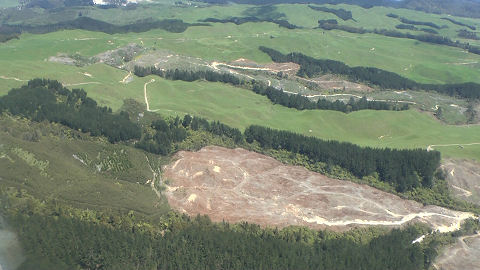 |
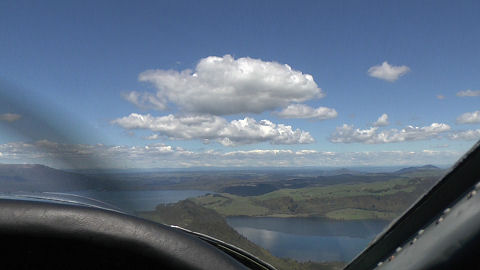 |
| Recently cleared forest awaiting replanting (above); heading out towards the Hidden Lakes (right), so-called because many are not visible from any road - PHOTOs Malcolm McCrow | |
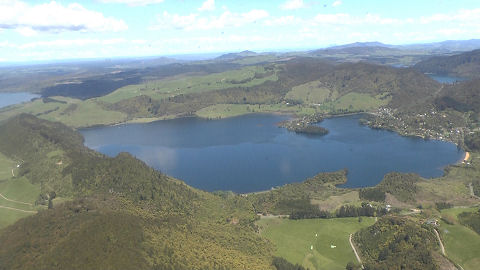 |
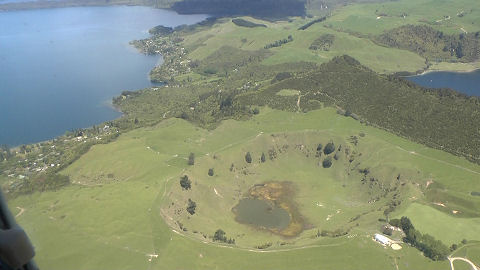 |
|
Lake Okareka (left) seen from its northern edge. The little settlement is located off the main road towards Lake Tarawera. As it is slightly off that beaten track towards the main lake, Okareka often provides a nice quiet beach in the summer for the locals to enjoy. This little crater (right) is located between Lake Okareka (to the right of the photo) and Lake Tarawera. Maybe in years to come this will be another lake for us to admire from above! PHOTOs Malcolm McCrow |
|
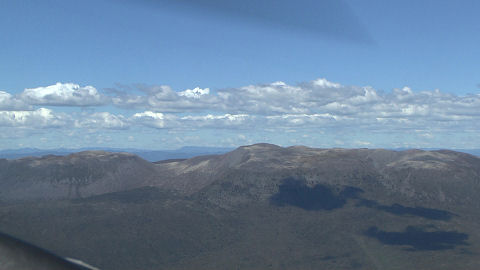 |
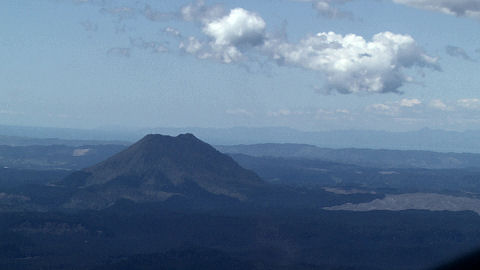 |
|
Dead ahead is the mass of Mt Tarawera and to port is the beautiful vista surrounding Mt Edgecumbe - PHOTOs Malcolm McCrow |
|
 |
 |
| Mt Tarawera erupted on 10 June 1886. There was little warning, although there had been an increase in hot spring activity - PHOTOs Malcolm McCrow | |
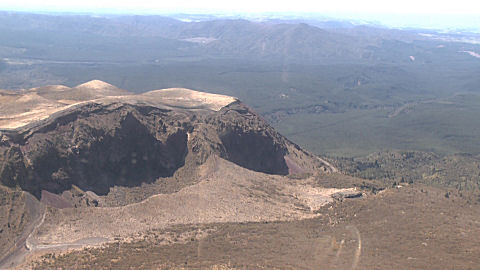 |
 |
| Mt Tarawera (left). The gorgeous little bay (right) is at the northern end of Lake Rotomahana. It sits tucked under the steep cliffs of Mt Tarawera and sidelines the massive rift line which runs through the lake from the right hand side of this photo to the top left corner - PHOTOs Malcolm McCrow | |
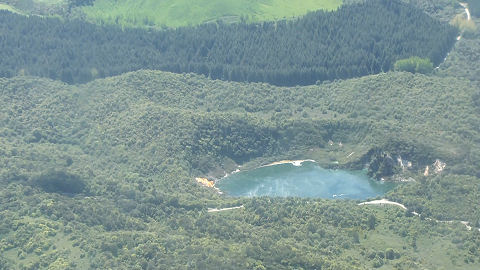 |
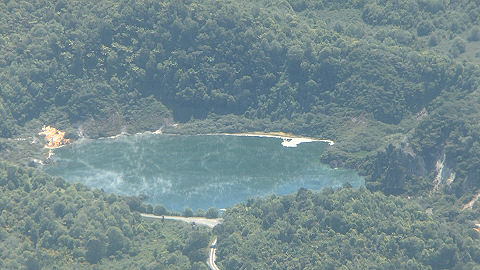 |
|
This boiling pool is called Frying Pan Lake. It is the main gem of three that sit hidden in the Waimangu Thermal Valley - PHOTOs Malcolm McCrow |
|
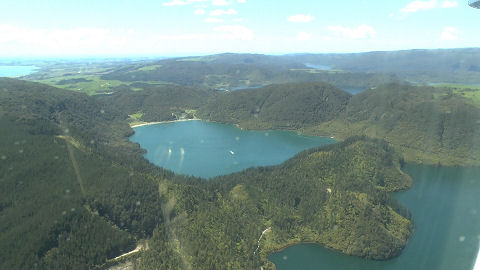 |
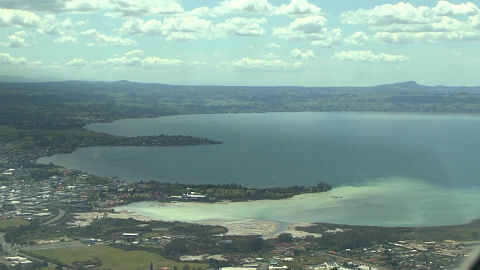 |
|
The lake sitting in the bottom right of the above photo is called Green Lake (or Rotokakahi in Maori). As the lake is reasonably shallow and has a weed covered bed and in the light of the sun it gives off a very green appearance. The lake just sitting above it as we look north, is called Blue Lake (or Tikitapu in Maori). Blue Lake is a bit deeper with a pumice bed, therefore giving a much bluer look in comparison to its next door neighbour. Returning to Rotorua City (right) - PHOTOs Malcolm McCrow |
|
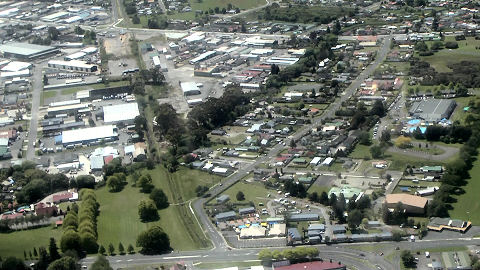 |
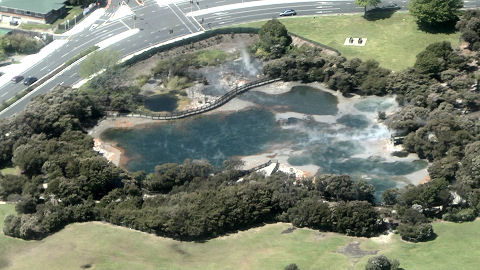 |
| Flying over the city (left) and the impressive steaming hot pools in Kuirau Park in the city centre (right) - PHOTOs Malcolm McCrow | |
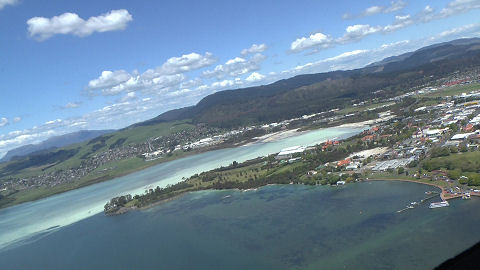 |
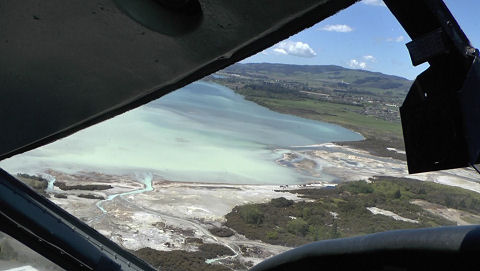 |
| Sulphur Bay - the milky ‘white’ look is actually due to the sulphur flowing out of the active areas in this part of the lake and is very acidic. - PHOTOs Malcolm McCrow | |
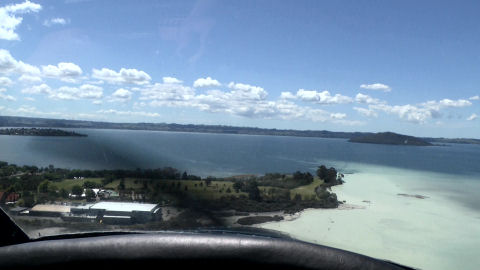 |
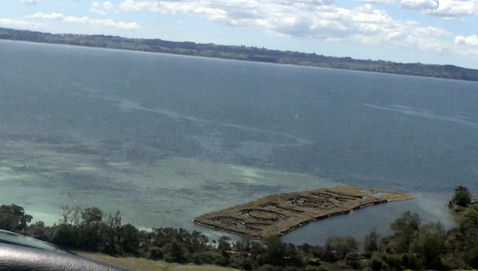 |
| Finals to land - no doubt about the location! PHOTOs Malcolm McCrow | |